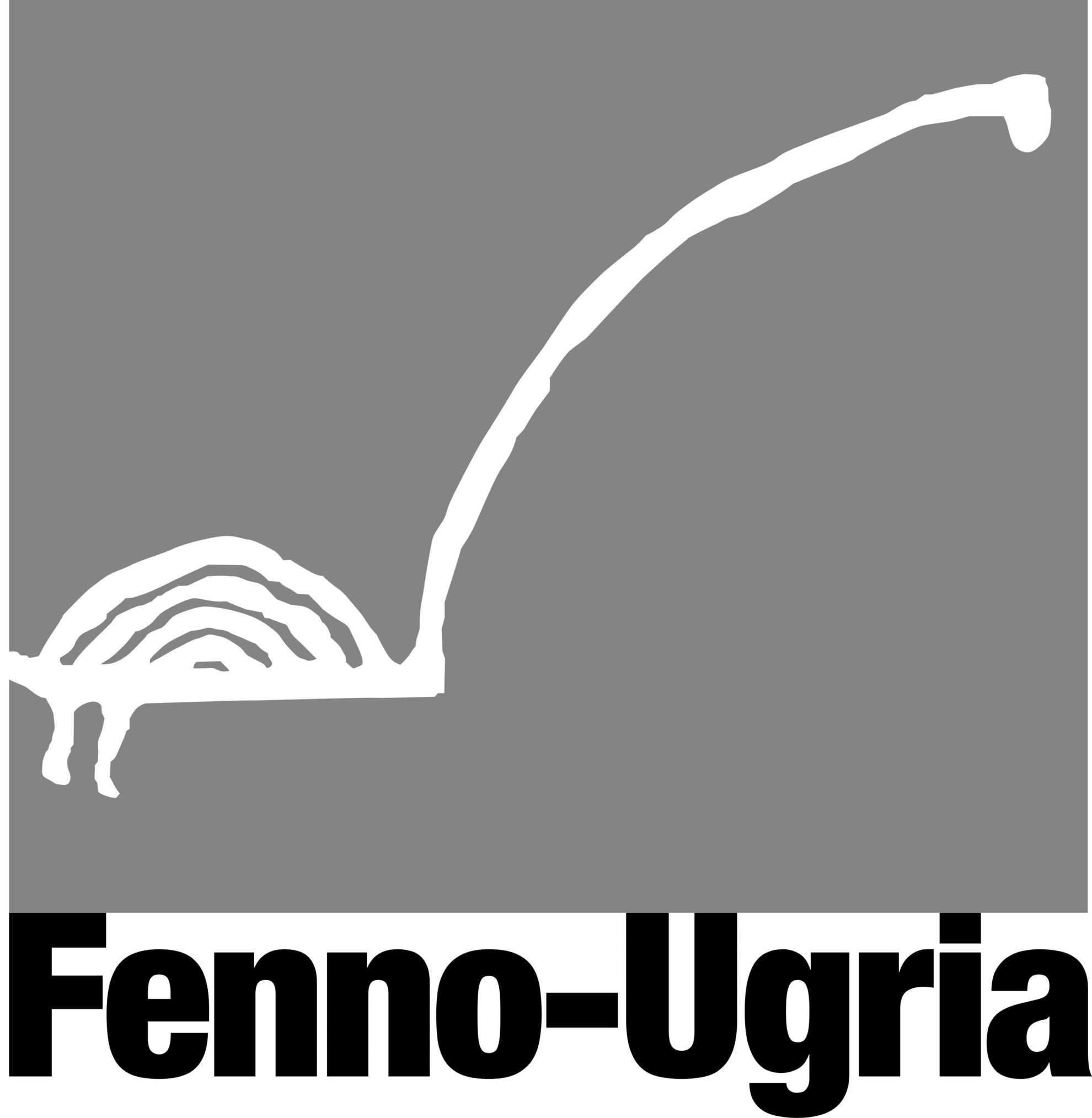
History 1927-1940
Fenno-Ugria Before World War II
History of Fenno-Ugria 1927–1940
Fenno-Ugria Before World War II
The idea to establish Fenno-Ugria emerged in 1924 during the Second Finno-Ugric Educational Congress which decided that Estonia, Finland and Hungary must identify or establish organisations that will coordinate the work of kindred Finno-Ugric states between the congresses. The Congress in Tallinn elected a board for the planning of the next Congress which from Estonia included Konstantin Päts (Member of Estonian Parliament Riigikogu and later President of Estonia), Peeter Põld (professor of the University of Tartu) and Gustav Ollik from the Ministry of Education. These individuals were tasked with finding or establishing an organisation that would be embody the thinking, as well as implement decisions of Finno-Ugric Congresses.
Founding Meetings
The first formal discussion on this issue was held on March 30, 1926. The decision to establish Fenno-Ugria was probably made at this meeting, along with the drafting of its Statutes which were approved by the Minister of Education on March 24, 1927. The first meeting of the Council of Fenno-Ugria was held on May 27, 1927 in Tallinn. The Council elected Konstantin Päts as its Chair, with Peeter Põld and Gustav Ollik as his deputies and Aleksander Veiderma as Chairman of the Board. The first activity plan of Fenno-Ugria was adopted at that meeting. On November 13, 1927, the second Council meeting was held which approved 12 new member organisations, leading to a total of 20 members. The Council decided to hire a part-time academic secretary, a post taken by Villem Ernits.
Activities of Fenno-Ugria
Fenno-Ugria’s annual report from 1928 indicates that the main focus of the organisation was on participating in the Finno-Ugric cultural congress, however Fenno-Ugria was also actively involved in the question of Estonians living abroad. It is plausible that Fenno-Ugria contributed to the establishment of the Association of Estonians Abroad which operates to this day. At that time, the work with Estonian diasporas abroad was viewed as one of the key components of the kindred peoples’ movement.
Centre of Kindred Peoples’ Movement
During the following years Fenno-Ugria became the centre of the kindred Finno-Ugric peoples’ movement in Estonia. Main objectives of Fenno-Ugria were to unite organisations interested in the kindred peoples’ movement, and to develop Finno-Ugric cultural cooperation as well as to promote cultural unity. Eventually Fenno-Ugria reached approximately 40 members, among whom were some of the most reputable Estonian organisations of its time.
Fenno-Ugria pursued a wide range of activities to meet its principal goals. For example in 1936-38 it organised meetings of Estonia-Finland-Hungary cultural working groups, courses of Finnish and Hungarian languages, celebrations of kindred peoples’ and national days, Finno-Ugric educational programmes in schools and much more. In order to promote the kindred peoples’ movement and Finno-Ugric peoples, Fenno-Ugria published a quarterly journal Eesti Hõim (1928-1933) edited by Villem Ernits, followed by the eponymous yearbook edited by Alo Raun (1937-1939).
Finno-Ugrian Days
Since 1929, Finno-Ugrian Days became the principal annual event of Estonia’s Finno-Ugric movement. The first ever Finno-Ugrian day was held in 1928 in Finland on Kalevala Day, but the 4th Finno-Ugric Cultural Congress in 1931 decided that Estonia, Finland and Hungary will observe the Finno-Ugrian day on the 3rd weekend of October. On that day, flags of the three countries were widely displayed, with many houses, schools and public transportation decorated with flags of kindred Finno-Ugric states. Festive meetings and church services were held across the country, with public speeches about kindred peoples’ cultures, history and the current situation delivered by statesmen and cultural leaders. The topic of Estonians who were forced to live abroad also featured prominently in the programme. The scope and importance of Finno-Ugrian days is illustrated by the fact that 431 public meetings with speeches were held in 1931, in addition to numerous other activities.
Contacts with Kindred Finno-Ugric States
Kindred peoples’ movement received strong support from Finland’s, Hungary’s and Estonia’s governments. As an example, since 1937 the Honorary Councillor of Fenno-Ugria was Estonia’s President Konstantin Päts, Finno-Ugrian days were attended by Finland’s president Kyösti Kallio and Prime Minister Aimo Kaarlo Cajander. Even more importantly, cultural conventions were signed between Estonia and Finland, and between Estonia and Hungary in 1937, as a result of which the kindred peoples’ movement acquired official national importance. These agreements were first international agreements of the Republic of Estonia that regulated cultural cooperation.
At the end of the 1930s, contacts between Finno-Ugric states developed dynamically: preparations for the 6th Finno-Ugric Cultural Congress to be held in Budapest were underway, a competition for the Finno-Ugric anthem was conducted. The outbreak of World War II, however, completely disrupted the Finno-Ugric cooperation. The final task of Fenno-Ugria was to provide medical help to Finnish disabled veterans of the Winter War and to organise summer holidays for orphan children whose parents had fallen in the war. New Soviet occupying authorities forced Fenno-Ugria to close down and to transfer its assets to the Academic Estonian Society.
Kindred Finno-Ugric peoples’ movement secured an important place in the Estonian society of the 1920s and the 1930s and a growing knowledge of other kindred peoples shaped the national identity and worldview of Estonians.
Abbreviated from original text by Jaak Prozes